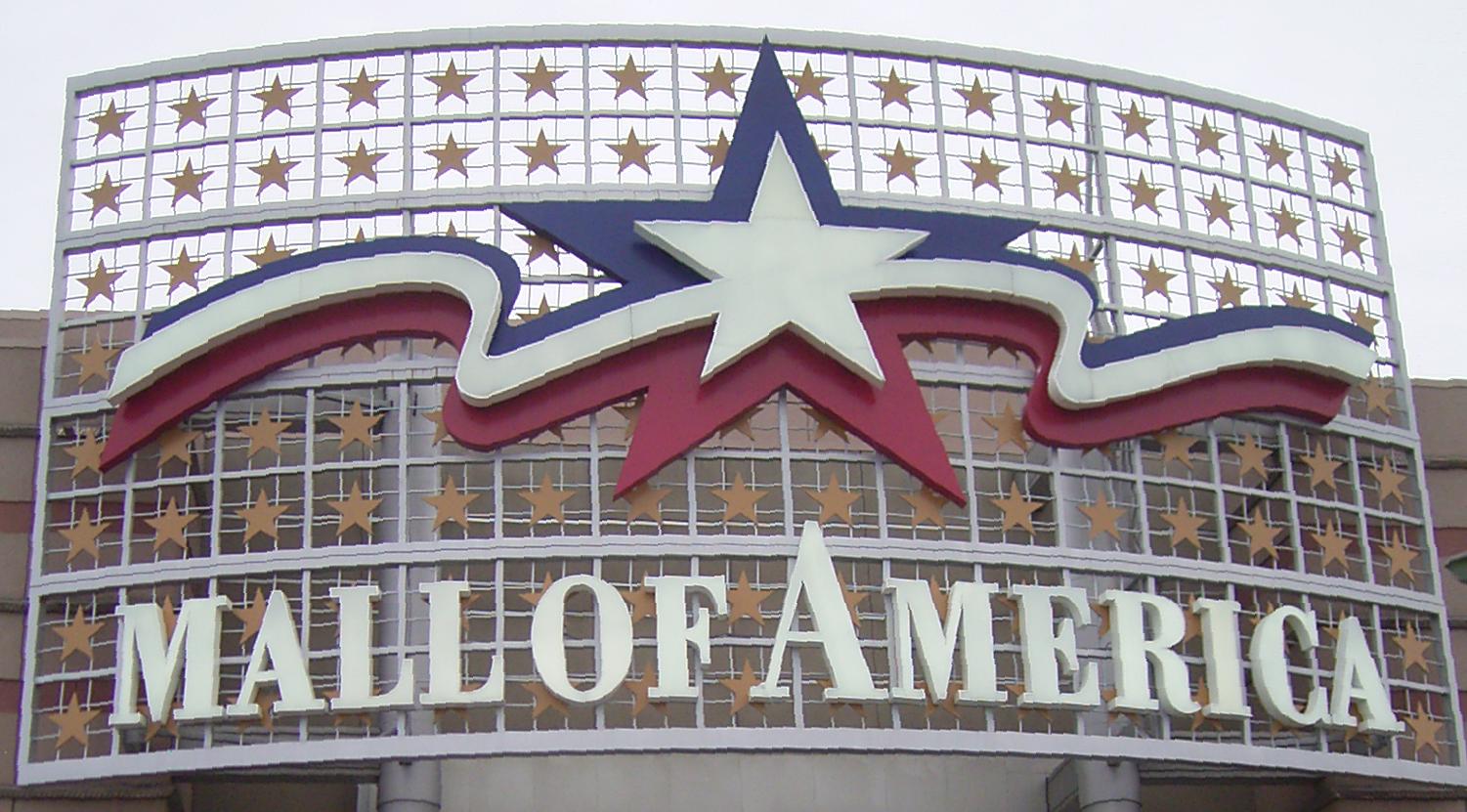Outlet Malls. Just the mention of those two words and
thrifty shoppers everywhere get an unexplainable buzz of excitement. People love deals. In fact, while most
brick-and-mortar shops have begun to slow down new building projects –
especially shopping malls – outlet malls continue to thrive and expand. But
what constitutes an outlet mall? Are the shoppers actually getting the
wonderful deals they are promised, or are they simply buying blindly because of
a big red 80% OFF sign that hangs in the window?
Outlet malls began cropping up about a century ago, and
originally, they were open only for factory employees who bought the excess or
damaged goods. As the middle class demand for brand names grew so did the
outlet mall, and by the 90’s they were booming. Outlet malls are usually built
out of the way. At first this was because brands did not allow them to sell
near their actual non-discounted stores. Radius restrictions have now been
lifted, but keeping a good distance is still the best option. This is because
shoppers have to travel longer to get to the outlet malls, so when they finally
arrive they are likely to spend more money. It is a destination. Sound familiar?
But did you know that many of the outlet retailers have
actually developed different items for their outlet lines than for their
non-discounted lines? Most of the items are not excess or damaged, but cheaply
made to be cheaply sold. That store that is famous for it’s high quality wool
might actually be selling you cotton or synthetic material without you even
knowing it. Small appliances may have been modified to remove some of the bells
and whistles that they are advertised with. Even the buttonholes are usually
deceiving – they are less reinforced than their non-discounted clothing
counterparts.
Perhaps one of the most deceptive practices of outlet malls
is the reference prices that attack shoppers’ eyes everywhere they look. When
the shopper believes that the product “WAS $199.99, NOW $50.00” they are much
more likely to buy said product, because they believe they are saving over $100
dollars. Inflated reference prices are very common, and they are usually a
ridiculous price that the cheaply made clothes would never sell for.
Do you feel a little betrayed? I do. Of course, I had my
sneaking suspicions that outlet malls were just a little too good to be true,
but I can no longer suspend my disbelief. If, however, you go into the outlet
shopping experience remembering that those reference prices most likely aren’t
true, and the clothes aren’t the same quality as the original brand they are
advertising, you can probably still find a pretty good deal.











